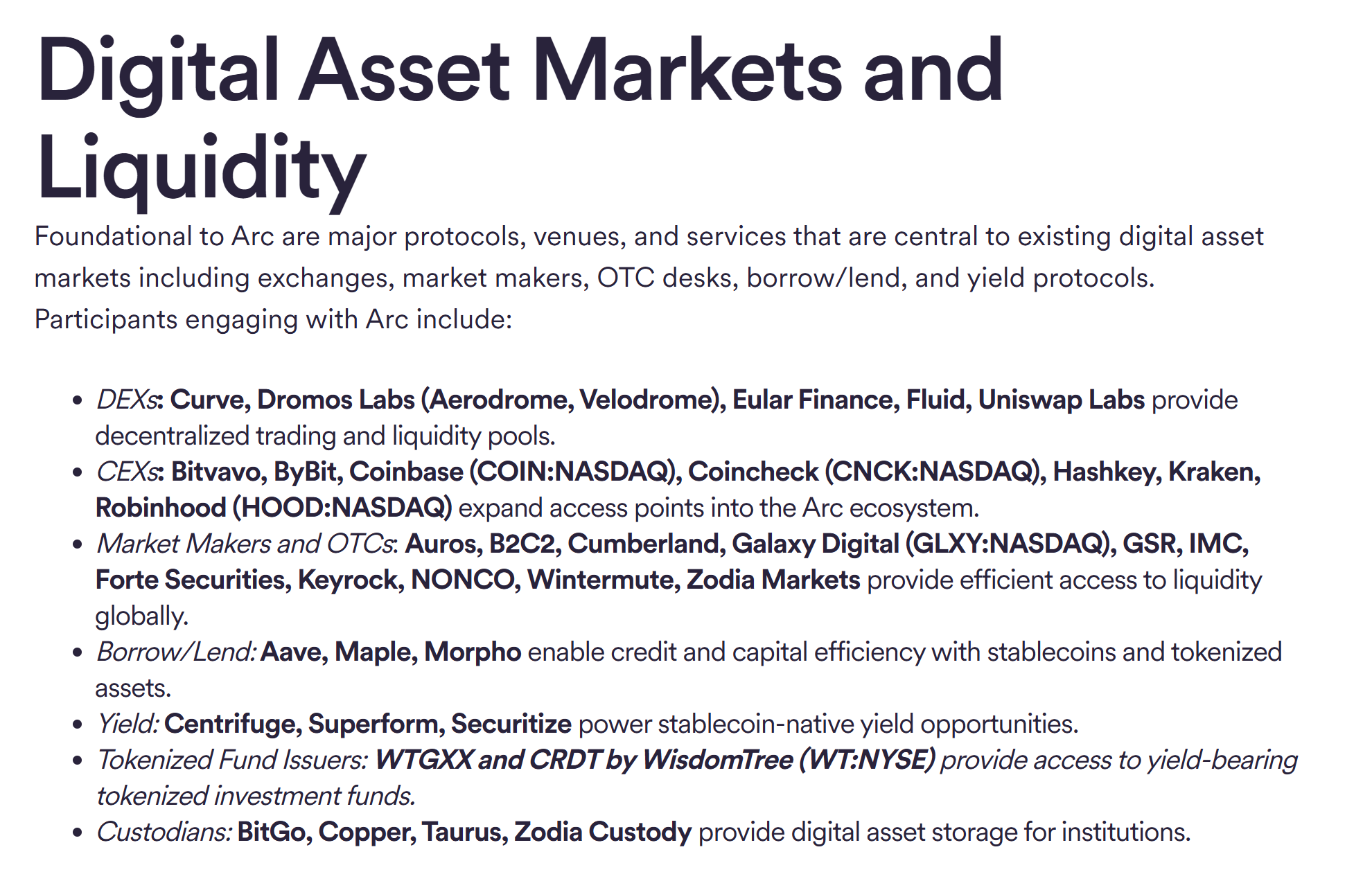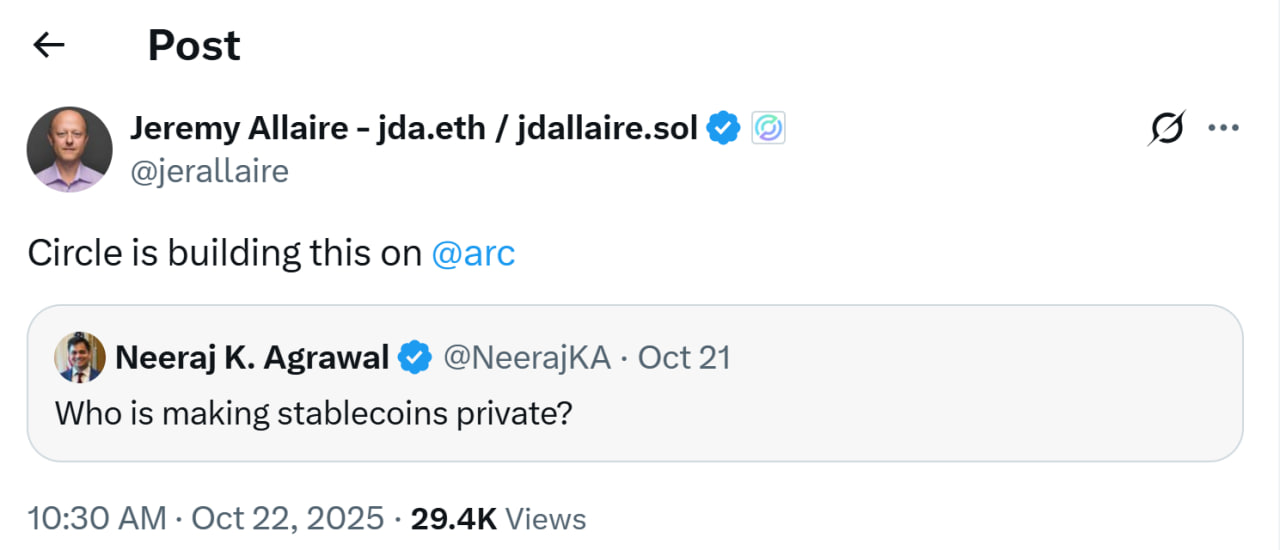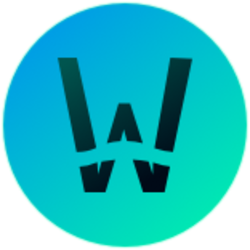Circle has launched the public testnet for its Arc blockchain, an open layer-1 network designed to integrate global financial infrastructure with blockchain technology. Over 100 institutions, including BlackRock, Goldman Sachs, Visa, and Mastercard, are participating in this initiative to test features like predictable dollar-based fees and sub-second finality.
-
Arc testnet launch involves major players from banking and fintech, enabling early testing of onchain financial applications.
-
Key features include integration with USDC stablecoin, support for tokenized assets, and connections to local markets worldwide.
-
Participation reaches billions of users and handles trillions in assets, according to Circle’s announcement, highlighting its scale for enterprise adoption.
Discover Circle’s Arc blockchain testnet launch with over 100 institutions like BlackRock and Visa joining to revolutionize global finance. Explore features, participants, and future plans for seamless onchain payments today.
What is Circle’s Arc Blockchain Testnet?
Circle’s Arc blockchain testnet represents a significant step in bridging traditional finance with blockchain technology. As an open layer-1 network, Arc serves as an economic operating system for the internet, enabling institutions to build and test financial applications directly onchain. Launched publicly, it integrates Circle’s USDC stablecoin and focuses on predictable fees tied to the US dollar, sub-second transaction finality, and optional privacy features.
How Does the Arc Testnet Support Global Financial Institutions?
The Arc testnet has attracted participation from more than 100 prominent institutions across banking, capital markets, and fintech sectors. Companies such as BlackRock, Goldman Sachs, Visa, Mastercard, and State Street are actively involved, testing the network’s capabilities for real-world applications. This collaboration allows these entities to explore lending, capital markets operations, global payments, and foreign exchange (FX) on a secure, enterprise-grade platform.
Circle CEO Jeremy Allaire emphasized the momentum, stating, “With Arc’s public testnet, we’re seeing remarkable early momentum as leading companies, protocols, and projects begin to build and test.” He further noted that these participants collectively serve billions of users and manage hundreds of trillions in assets and payments, underscoring the network’s potential to scale traditional finance.
Designed for interoperability, Arc connects local markets from Africa to the Americas and Asia. Its architecture supports fiat-pegged tokens, tokenized funds, and FX liquidity, with issuers from seven countries—including Japan, Brazil, Mexico, and the Philippines—already testing stablecoins like JPYC, BRLA, MXNB, and PHPC. This fosters a unified economic layer that reduces fragmentation in cross-border transactions.
Institutions like Apollo, BNY Mellon, Intercontinental Exchange, and Deutsche Bank, along with payment providers such as Mastercard, FIS, Paysafe, and Nuvei, are engaging with the testnet to validate its reliability. The network’s integration with developer tools from providers like MetaMask, Fireblocks, Chainlink, Alchemy, and LayerZero, plus crosschain bridges including Wormhole and Stargate, enhances its appeal for Web3 projects and traditional firms alike.
Looking ahead, Arc plans to incorporate AI through tools like Anthropic’s Claude Agent SDK, which will streamline developer workflows with intelligent automation. These features position Arc as a versatile platform capable of handling diverse financial workflows while maintaining compliance and security standards demanded by global enterprises.

Major crypto platforms participate in Arc testnet. Source: Circle
How Will Arc Connect Global Markets?
Arc is engineered to link every local market to the broader global economy, providing enterprise-grade infrastructure that any company can leverage. Circle envisions it as a foundational network for building innovative financial services, from tokenized real-world assets to efficient payment rails. By using USDC as the native gas token, Arc ensures cost predictability, avoiding the volatility often seen in other blockchains.
The testnet’s launch builds on Circle’s announcement in August 2025, when the company outlined plans for the network. Recent developments include the introduction of private stablecoins on Arc, allowing institutions to issue customized digital assets with enhanced privacy controls. Allaire highlighted this capability, noting its importance for regulated entities seeking onchain solutions without compromising confidentiality.

Circle CEO announces building private stablecoins on Arc. Source: Jeremy Allaire
In the long term, Circle aims to evolve Arc into a community-governed network. This transition will broaden validator participation and implement transparent governance mechanisms, promoting decentralization while retaining institutional trust. Experts from the blockchain community, including those familiar with stablecoin ecosystems, view this as a pivotal move toward mainstream adoption of onchain finance.
The network’s emphasis on sub-second finality addresses a critical pain point in blockchain scalability, enabling near-instant settlements that rival traditional systems. For payment firms, this means faster cross-border transfers; for capital markets, it supports real-time trading of tokenized securities. Data from similar initiatives, such as those involving USDC, shows transaction volumes exceeding billions daily, suggesting Arc could amplify this growth.
Participation from diverse regions highlights Arc’s global focus. African fintechs, Asian banks, and American asset managers are testing integrations that could streamline remittances and investment flows. Chainlink’s oracle services, integrated into Arc, will provide reliable offchain data feeds, essential for derivatives and risk management applications.
Fireblocks’ custody solutions ensure secure asset handling, while Alchemy’s developer tools accelerate app deployment. These partnerships, drawn from Circle’s announcement, demonstrate a robust ecosystem ready for production. As the testnet progresses, feedback from participants will refine features, potentially leading to a mainnet launch that sets new standards for blockchain utility in finance.
Overall, Arc’s testnet launch signals a maturing crypto landscape where stablecoins and blockchains converge to modernize global infrastructure. Institutions are not just observing but actively shaping its development, driven by the promise of efficiency and innovation.
Frequently Asked Questions
What Institutions Are Participating in Circle’s Arc Testnet?
Over 100 institutions are involved, including BlackRock, Goldman Sachs, Visa, Mastercard, State Street, Apollo, BNY Mellon, Intercontinental Exchange, and Deutsche Bank. Payment firms like FIS, Paysafe, and Nuvei are also testing the network, focusing on applications for payments and asset management.
Why Is Arc’s Integration with USDC Important for Global Payments?
Arc’s use of USDC as the native gas token provides stable, dollar-denominated fees, making it predictable for international transactions. This setup supports seamless global payments with sub-second finality, reducing costs and delays compared to traditional systems, ideal for cross-border FX and remittances read aloud smoothly.
Key Takeaways
- Extensive Institutional Backing: More than 100 firms, from BlackRock to Visa, are testing Arc, reaching billions of users and trillions in assets.
- Advanced Technical Features: Predictable fees, sub-second finality, and privacy controls integrate with USDC for efficient financial apps.
- Future Governance Plans: Transition to community-led model with expanded validators, encouraging broader adoption and innovation.
Conclusion
Circle’s Arc blockchain testnet launch marks a transformative moment for onchain finance, uniting over 100 institutions to test a network built for global connectivity. With features supporting stablecoin infrastructure and tokenized assets, Arc positions itself as a cornerstone for future economic systems. As development advances, stakeholders can anticipate enhanced interoperability and efficiency—explore these opportunities to stay ahead in the evolving blockchain landscape.
